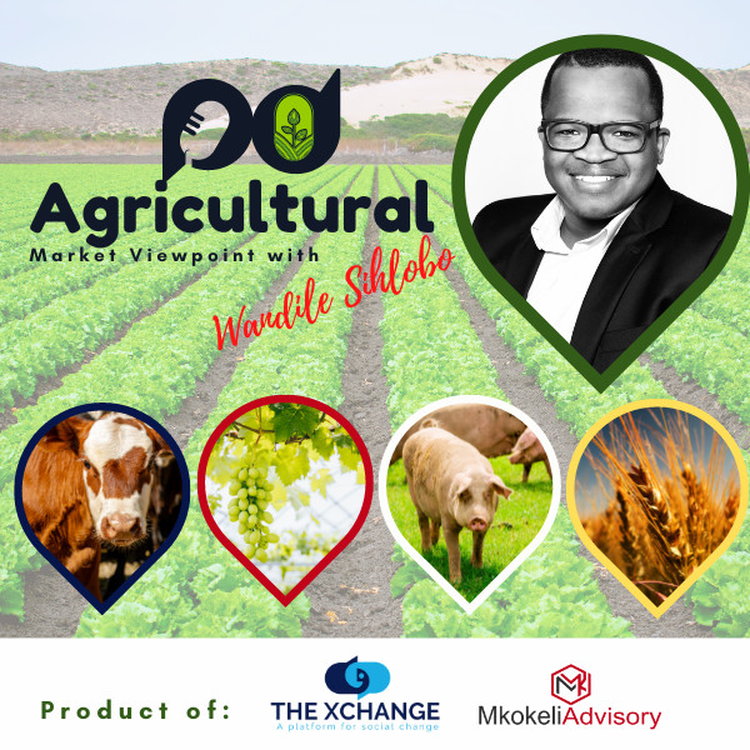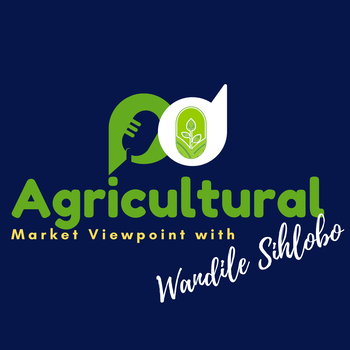
Ample maize supplies in South Africa
Loading player...
South Africa's Crop Estimates Committee lifted the country's 2022/23 maize production estimate by 2% from last month to 16,1 million tonnes. This crop is 5% more than the 2021/22 season and the third-largest harvest on record. As we stated in the previous notes, the expected large harvest is primarily on the back of large yields, as the area planted is slightly down from the 2021/22 season.
About 8,5 million tonnes is white maize, with 7,6 million tonnes being yellow maize. A crop of 16,1 million tonnes implies South Africa will have sufficient supplies to meet domestic maize needs of roughly 11,4 million tonnes and have over 3,0 million tonnes for export markets in the 2023/24 marketing year.
The soybeans harvest was unchanged from April's record estimate of 2,8 million tonnes (up 24% y/y). The crop improvement is due to an expansion in the area planted and the expected higher yields. The ample soybeans harvest means South Africa could meet its domestic demand and remain with over 300 000 tonnes of soybeans for export markets.
This soybean export expansion is a new territory for South Africa, which until recently, had been a net importer of soybeans and soybean products, and positive for the agricultural trade balance.
The sunflower seed production estimate remained unchanged from last month at 797 610 tonnes (down 6% y/y). The annual decline in the sunflower seed production forecast mirrors the reduced planted area and yields in some areas.
Other small crops, such as groundnuts and dry beans, were lifted from April estimates to 51 510 tonnes (up 6% y/y) and 48 560 tonnes (down 8% y/y), respectively.
Farmers across the country are hard at work harvesting the summer crops at the momentum. The recent rains have not caused quality issues; thus, we anticipate a large harvest of high-quality summer grains and oilseed.
From a grains consumer perspective, these data bode well with the already softening maize and oilseed farm prices and reinforce our view of a possible moderation in grains-related food product prices in the food inflation basket
We discuss more in this week's podcast segment.
My writing on agricultural economic matters are available on my blog: https://wandilesihlobo.com/
Podcast production by: Lwandiso Gwarubana, Richard Humphries, and Sam Mkokeli
About 8,5 million tonnes is white maize, with 7,6 million tonnes being yellow maize. A crop of 16,1 million tonnes implies South Africa will have sufficient supplies to meet domestic maize needs of roughly 11,4 million tonnes and have over 3,0 million tonnes for export markets in the 2023/24 marketing year.
The soybeans harvest was unchanged from April's record estimate of 2,8 million tonnes (up 24% y/y). The crop improvement is due to an expansion in the area planted and the expected higher yields. The ample soybeans harvest means South Africa could meet its domestic demand and remain with over 300 000 tonnes of soybeans for export markets.
This soybean export expansion is a new territory for South Africa, which until recently, had been a net importer of soybeans and soybean products, and positive for the agricultural trade balance.
The sunflower seed production estimate remained unchanged from last month at 797 610 tonnes (down 6% y/y). The annual decline in the sunflower seed production forecast mirrors the reduced planted area and yields in some areas.
Other small crops, such as groundnuts and dry beans, were lifted from April estimates to 51 510 tonnes (up 6% y/y) and 48 560 tonnes (down 8% y/y), respectively.
Farmers across the country are hard at work harvesting the summer crops at the momentum. The recent rains have not caused quality issues; thus, we anticipate a large harvest of high-quality summer grains and oilseed.
From a grains consumer perspective, these data bode well with the already softening maize and oilseed farm prices and reinforce our view of a possible moderation in grains-related food product prices in the food inflation basket
We discuss more in this week's podcast segment.
My writing on agricultural economic matters are available on my blog: https://wandilesihlobo.com/
Podcast production by: Lwandiso Gwarubana, Richard Humphries, and Sam Mkokeli

